NNB Nutrition Introduces FastBliss Anandamide

The endocannabinoid system is a complex network of biochemical pathways in the body that can help regulate homeostasis, allowing us to function at an optimal level. The endocannabinoid system can be controlled by both endogenous and exogenous cannabinoids. The exogenous phytocannabinoids (such as cannabidiol from cannabis) have been shown to have many therapeutic benefits, but so have cannabinoids produced naturally by your body. One such cannabinoid is called anandamide, which you’re going to be seeing a lot more of in the supplement industry soon. But to understand how powerful this natural substance is, it’s important to understand that anandamide is produced on demand in your body to help support multiple functions in the endocannabinoid system. Breakthrough new research is showing the therapeutic potential of anandamide in the treatment of pain, elevation of mood, appetite support and even heart health. In this Muscle Insider exclusive feature, we review the science behind FastBliss anandamide and the research supporting its effectiveness.
The Endocannabinoid System
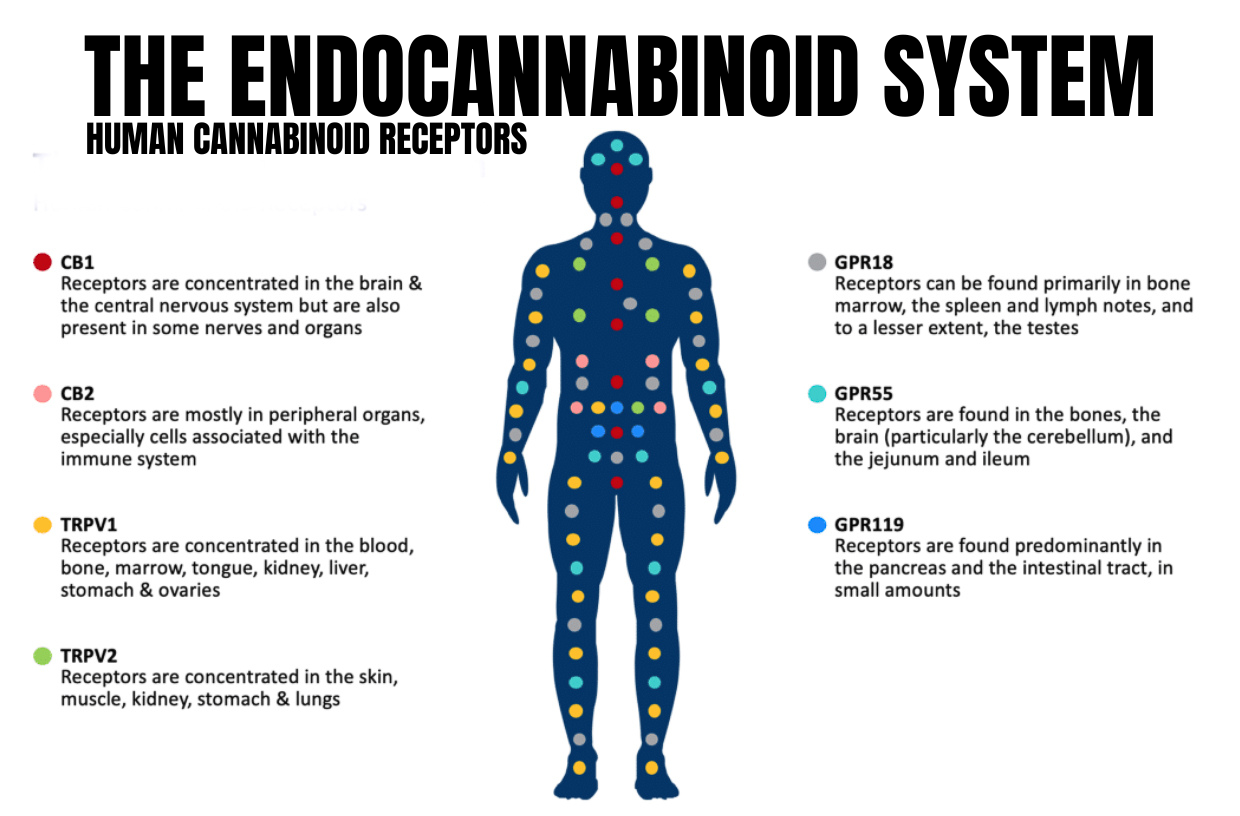 The endocannabinoid system (ECS) is responsible for maintaining homeostasis in the body, connecting all the body’s organs and biochemical systems. The ECS is a lipid signalling system involved in regulation of appetite, pain, mood, memory, inflammation and insulin sensitivity, as well as fat and energy metabolism, with a wide variety of potential therapeutic opportunities.1 It’s also an important constituent of the neuronal substrates involved in the reinforcement and reward processes of the brain.
The endocannabinoid system (ECS) is responsible for maintaining homeostasis in the body, connecting all the body’s organs and biochemical systems. The ECS is a lipid signalling system involved in regulation of appetite, pain, mood, memory, inflammation and insulin sensitivity, as well as fat and energy metabolism, with a wide variety of potential therapeutic opportunities.1 It’s also an important constituent of the neuronal substrates involved in the reinforcement and reward processes of the brain.
The body produces the endogenous cannabinoids anandamide (AEA) and 2-arachidonylglycerol (2-AG). Anandamide was the first endocannabinoid to be discovered when it was found in the brains of pigs in 1992.2 Its name comes from the Sanskrit word ananda, which means “internal bliss,” emphasizing its role as an endogenous compound produced by the brain.2 2-AG was the second endocannabinoid to be identified. Each of these endocannabinoids has unique behavioral and molecular effects within the ECS.
Cannabinoid Receptor Type-1 (CB1R) & Cannabinoid Receptor Type-2 (CB2R)
The current model of ECS is defined by receptors for these endocannabinoids: cannabinoid receptor type-1 (CB1R) and cannabinoid receptor type-2 (CB2R), along with their endocannabinoid ligands, and the enzymes responsible for their biosynthesis.3 Endocannabinoids have also shown affinity for the transient receptor potential vanilloid 1 (TRPV1) receptor. Anandamide and 2-AG have more than just one set of biosynthetic and degrading pathways and enzymes, which may be shared with endocannabinoid-like mediators. In some cases, these degrading pathways and enzymes lead to molecules, such as the prostamides and prostaglandin-glycerol esters, which aren’t inactive but instead interact with other receptors. That is, these enzymes are degrading for endocannabinoids and biosynthetic for other mediators depending on the need in the body.4
The Biochemistry of Anandamide for Supplement Formulators
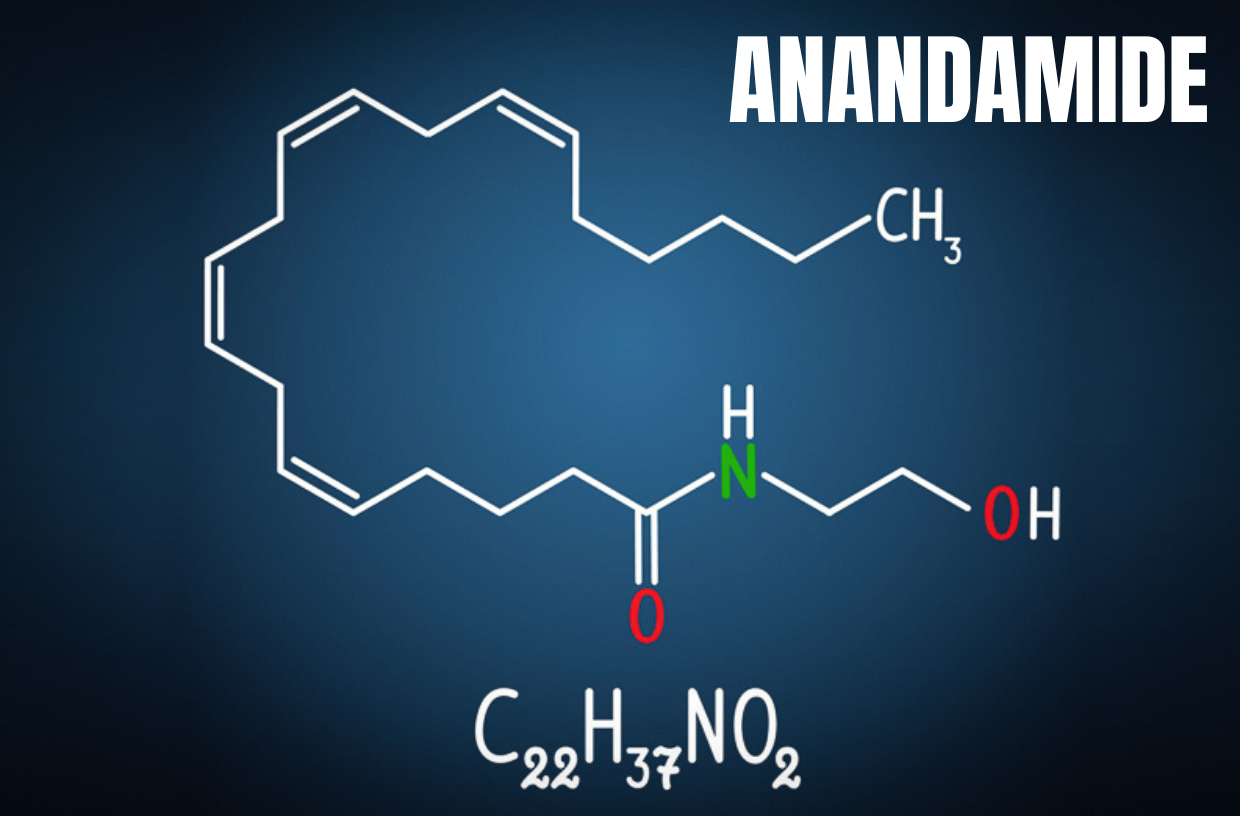 Anandamide is a bioactive lipid that belongs to the subclasses known as N-acylethanolamines (NAEs) and monoacylglycerols (MAGs). It’s produced endogenously from the central nervous system (CNS), and therefore plays key roles within the CNS and periphery. Anandamide is regulated by different biosynthetic and degradative pathways from its counterpart 2-AG. Anandamide binds to cannabinoid receptors with high affinity and can mimic the psychoactive effects of plant derived phytocannabinoids.
Anandamide is a bioactive lipid that belongs to the subclasses known as N-acylethanolamines (NAEs) and monoacylglycerols (MAGs). It’s produced endogenously from the central nervous system (CNS), and therefore plays key roles within the CNS and periphery. Anandamide is regulated by different biosynthetic and degradative pathways from its counterpart 2-AG. Anandamide binds to cannabinoid receptors with high affinity and can mimic the psychoactive effects of plant derived phytocannabinoids.
Anandamide Is Found In Cocoa & Truffle
The regulation of the biosynthesis of anandamide occurs via several different pathways. Anandamide is derived mainly from the cleavage of a phospholipid precursor, N-arachidonoyl phosphatidylethanolamine (NAPE). NAPE, in turn, is derived from the enzymatic transfer, catalyzed by N-acyltransferase (NAT), of an acyl group of arachidonic acid (AA) to the amino group of a phosphatidylethanolamine.5 NAPE is hydrolyzed to anandamide and phosphatidic acid by a phosphodiesterase, a substrate-specific phospholipase D (NAPE-PLD).5 And the good news for us supplement junkies is that in addition to your body making its own anandamide, it can also be found in cocoa and truffle.6,7 This gives it grounds to be sold as a dietary supplement, but more on that later…
Anandamide isn’t stored in vesicles in the body, and the half-life is very short, as it undergoes rapid metabolic deactivation by specific enzymes after being taken up into cells. Degradation of anandamide occurs mainly through the action of the intracellular enzyme fatty acid amide hydrolase (FAAH), which breaks it down into free arachidonic acid (AA) and ethanolamine.8 In addition to FAAH, anandamide is also degraded by N-acylethanolamine acid amidase (NAAA).8
Both FAAH (which mostly prefers anandamide as a substrate) and NAAA also hydrolyze other endogenous fatty acid amides that bind primarily to the α-type of peroxisome proliferator-activated receptors (PPARα) but enhance anandamide activity through an entourage effect.8 In addition to hydrolytic pathways, anandamide can be oxygenated by cyclooxygenase-2 (COX-2), lipoxygenase (LOX) isoenzymes, and by cytochrome P-4504. These derivatives of anandamide have biological activity of their own.
Research Support for Anandamide
 Since anandamide’s discovery, there’s been a lot of research on its potential therapeutic benefits because of the vast number of physiological pathways it affects. Anandamide can have positive benefits on pain management, mood, sleep, appetite regulation, circulatory support and much more.
Since anandamide’s discovery, there’s been a lot of research on its potential therapeutic benefits because of the vast number of physiological pathways it affects. Anandamide can have positive benefits on pain management, mood, sleep, appetite regulation, circulatory support and much more.
Anandamide & Pain Management
 There’s evidence that clinical conditions associated with neuropathic pain or inflammation are accompanied by peripheral elevations in the levels of endocannabinoids, including anandamide. At the site of an injury, the immune system responds with an infiltration of immune cells, resulting in the development of inflammation in the peripheral area.9 This also results in central sensitization, causing the recruitment or activation of the nervous system, which modulates neuronal responses through the initiation of multiple signalling cascades. The activation of microglia and astrocytes in the spinal cord plays a critical role in the response. The plasticity of the systems that impact upon nociceptive processing—in particular, the types of cells present at sites of injury and the activation states of these cells—can have profound influence on the levels of endocannabinoids and their receptors in these regions.9
There’s evidence that clinical conditions associated with neuropathic pain or inflammation are accompanied by peripheral elevations in the levels of endocannabinoids, including anandamide. At the site of an injury, the immune system responds with an infiltration of immune cells, resulting in the development of inflammation in the peripheral area.9 This also results in central sensitization, causing the recruitment or activation of the nervous system, which modulates neuronal responses through the initiation of multiple signalling cascades. The activation of microglia and astrocytes in the spinal cord plays a critical role in the response. The plasticity of the systems that impact upon nociceptive processing—in particular, the types of cells present at sites of injury and the activation states of these cells—can have profound influence on the levels of endocannabinoids and their receptors in these regions.9
Mice Research on Anandamide
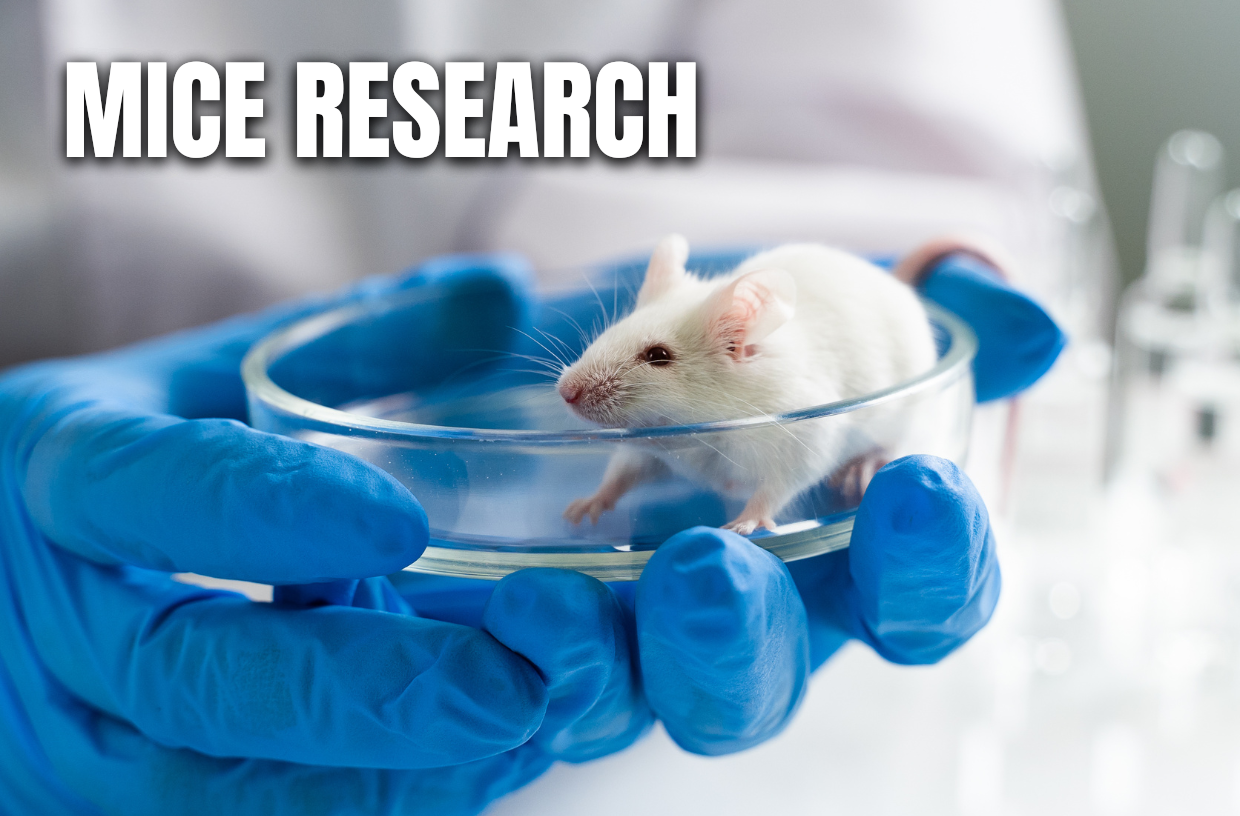 The analgesic effect of anandamide was observed in mice. The study examined the behavioral effects of anandamide using a variety of tests including ring immobility, open field test, hypothermia and anti-nociception (hot plate latency).10Anandamide supplementation ranged from 0 to 20 mg/kg, and the effects were measured at 4, 10, 15, 25, 45 and 90 minutes after injection. The effects of anandamide were compared to those obtained with tetrahydrocannabinol (THC at 20 mg/kg).10
The analgesic effect of anandamide was observed in mice. The study examined the behavioral effects of anandamide using a variety of tests including ring immobility, open field test, hypothermia and anti-nociception (hot plate latency).10Anandamide supplementation ranged from 0 to 20 mg/kg, and the effects were measured at 4, 10, 15, 25, 45 and 90 minutes after injection. The effects of anandamide were compared to those obtained with tetrahydrocannabinol (THC at 20 mg/kg).10
Peak activity on administration was observed for anandamide after about 10 minutes (10 mg/kg) and for THC after about 30 to 60 minutes. At a low dose (0.01 mg/kg), anandamide caused significant stimulation in the open field tests, but no significant changes were observed in the other tests. At higher doses, anandamide produced a significant depression in the open field tests, an increase in the time spent on the ring, hypothermia and analgesia.10 Anandamide reached its maximal effect at 20 mg/kg.
Sleep & Memory Support with Anandamide
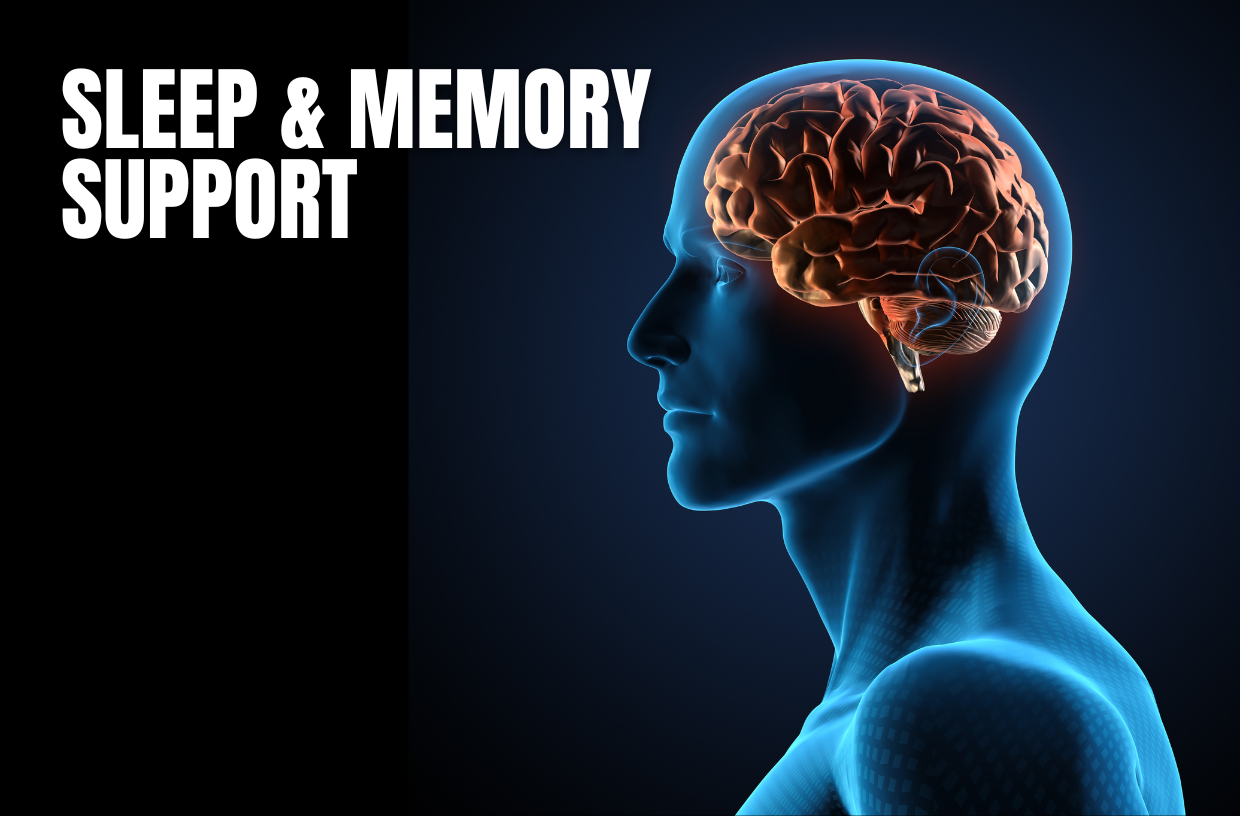 Endocannabinoids have been shown to be strong sleep-inducing lipids, including increasing rapid-eye-movement (REM) sleep. Anandamide and 2-AG are synthesized in the hippocampus. This structure also expresses a high concentration of CB1R. Recent research supports endocannabinoids as important regulators of hippocampal activity. It has also been shown that these molecules vary their expression on the hippocampus depending on the light-dark cycle.
Endocannabinoids have been shown to be strong sleep-inducing lipids, including increasing rapid-eye-movement (REM) sleep. Anandamide and 2-AG are synthesized in the hippocampus. This structure also expresses a high concentration of CB1R. Recent research supports endocannabinoids as important regulators of hippocampal activity. It has also been shown that these molecules vary their expression on the hippocampus depending on the light-dark cycle.
Research indicates that the administration of anandamide directly into the hippocampus increases REM sleep in a dose-dependent manner during the dark but not during the light phase of the cycle.11 The increase of REM sleep was blocked by the CB1R antagonist AM251.11 This effect was specific for the hippocampus since anandamide administrations in the surrounding cortex didn’t elicit any change in REM sleep. These results support the idea of a direct relationship between hippocampus activity and sleep mechanisms including REM sleep by means of the endocannabinoids.11
The intracerebroventricular administration of anandamide was evaluated on the sleep-wakefulness cycle and memory formation in Wistar rats.12 Four stages of the sleep-wakefulness cycle were assessed: wakefulness (W), slow-wave sleep 1 (SWS1), slow-wave sleep 2 (SWS2) and REM sleep.
- Anandamide treatment led to a 27.3 percent increase in SWS2 frequency and an 83.8 percent increase in REM sleep frequency compared to control, with a concurrent reduction in W.12
- Anandamide supplementation also increased SWS2 frequency level by 72.7 percent and REM sleep frequency level by 105.5 percent compared to arachidonic acid (AA). SWS1 remained without change.12
In addition, anandamide administered immediately didn’t interfere with the performance of the inhibitory avoidance behavior 15 minutes and 24 hours after training, indicating that anandamide facilitated an effect on memory retrieval. In conclusion, anandamide has a direct effect on the regulation of the sleep-wakefulness cycle and may modulate memory.
Appetite Stimulation & Anandamide
 The ECS plays a key role in the regulation of energy intake. In the brain, CB1Rs are expressed in areas controlling food intake, including the paraventricular nucleus (PVN) of the hypothalamus, as well as in the enteric nervous system of the intestine and at the terminal ends of the vagus nerve, enabling the endocannabinoids to engage in afferent communication along the gut-brain axis.
The ECS plays a key role in the regulation of energy intake. In the brain, CB1Rs are expressed in areas controlling food intake, including the paraventricular nucleus (PVN) of the hypothalamus, as well as in the enteric nervous system of the intestine and at the terminal ends of the vagus nerve, enabling the endocannabinoids to engage in afferent communication along the gut-brain axis.
Anandamide and 2-AG signal and modulate the release of various neurotransmitters, such as neuropeptide Y (NPY) and agouti-related protein (AgRP) inducing hyperphagia, increasing appetite and increasing energy intake by activating vagal and hypothalamic CB1R signaling.13 Therefore, endocannabinoids can control homeostatic feed intake, but in the limbic system, endocannabinoids can induce hedonic, pleasurable, feed intake.
Dairy Cow Research
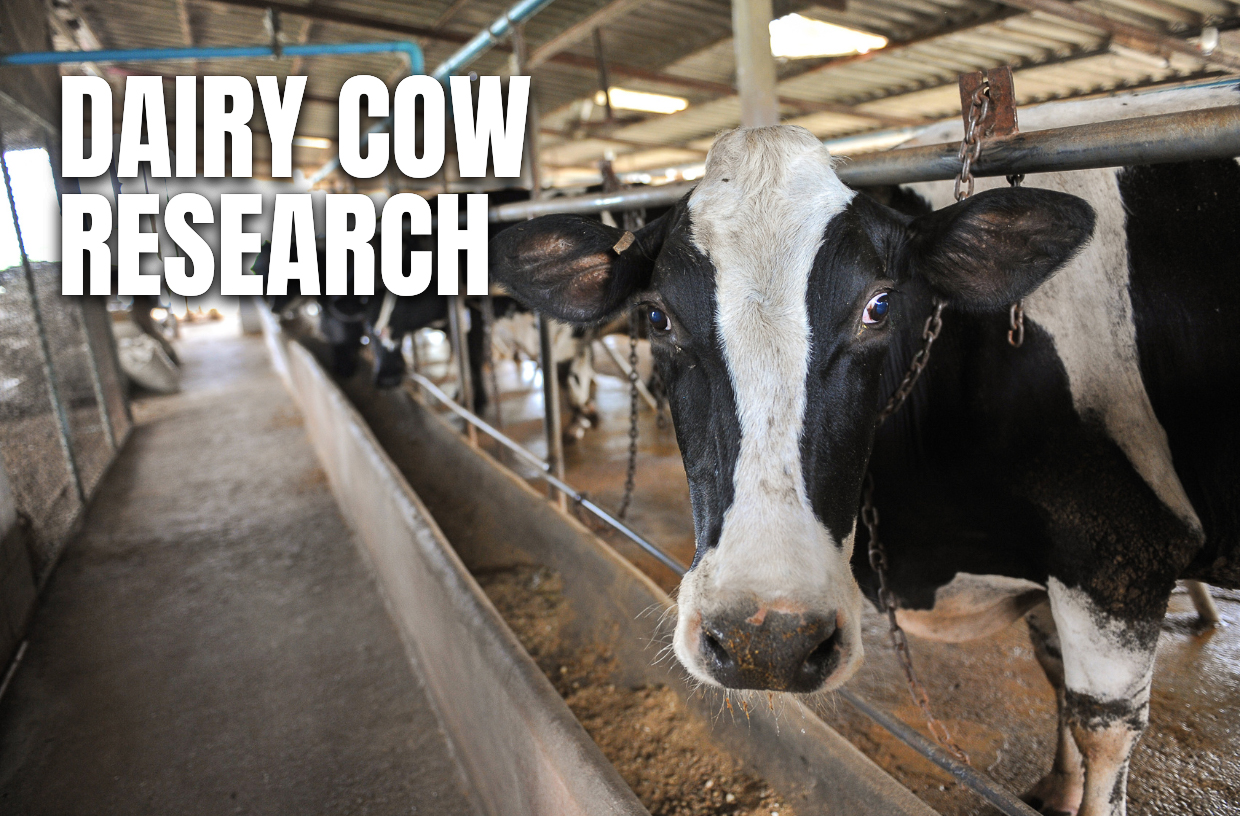 In a pilot study, the effect of intraperitoneal administration of anandamide and 2-AG on food intake, plasma endocannabinoid concentrations and hypothalamic orexigenic signaling in response to short-term food deprivation in dairy cows was assessed.13
In a pilot study, the effect of intraperitoneal administration of anandamide and 2-AG on food intake, plasma endocannabinoid concentrations and hypothalamic orexigenic signaling in response to short-term food deprivation in dairy cows was assessed.13
The administration of endocannabinoids resulted in higher food intake during the first hour after treatment. Plasma anandamide concentrations were significantly increased 2.5 hours after injection, whereas plasma 2-AG concentrations remained unchanged 2.5 hours after 2-AG injection.13 The hypothalamic immunoreactivity of CB1R, AgRP and orexin-A wasn’t affected by either treatment; however, NPY and AgRP mRNA abundances were downregulated in the arcuate nucleus of anandamide-treated cows. In conclusion, administered 2-AG and anandamide increase food intake in the short term, but only anandamide accumulates in the circulation.
Pleasurable Effects of Anandamide
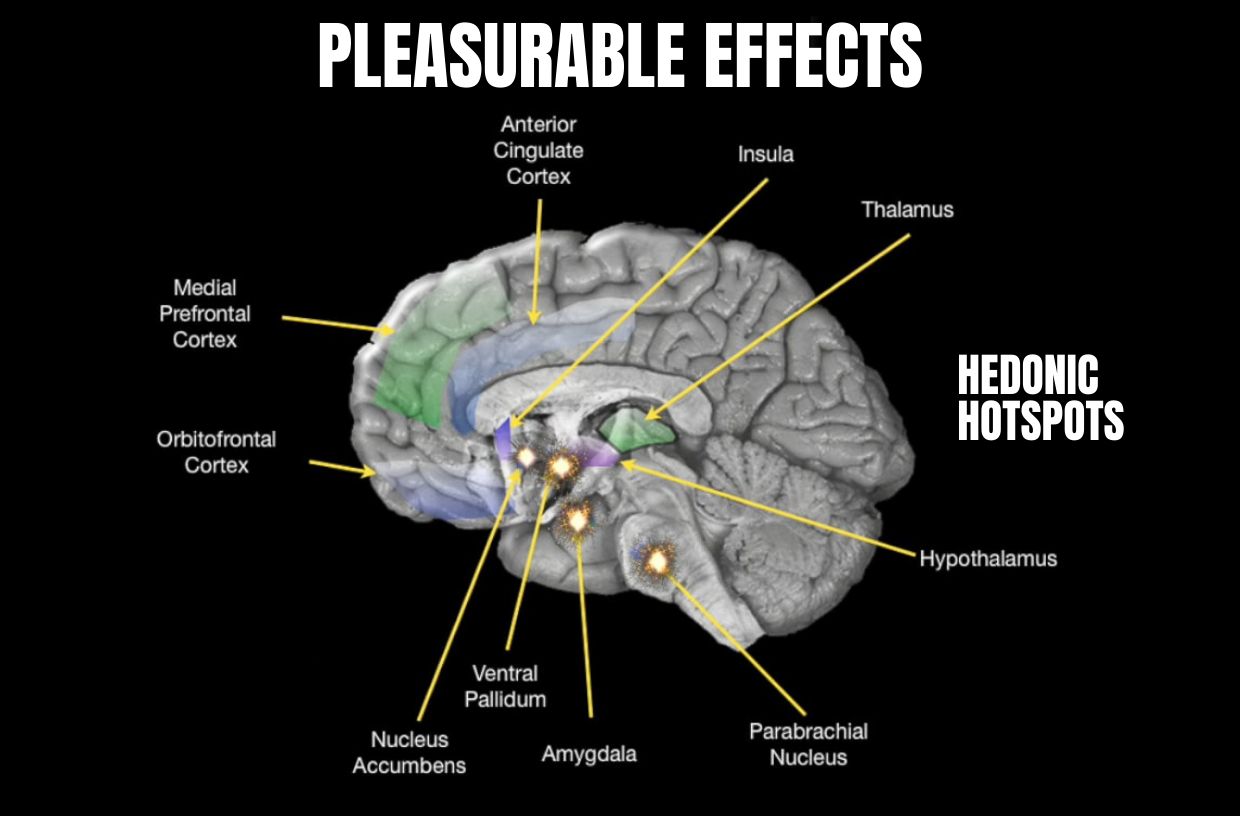 In another study, the pleasurable effects of anandamide were tested via microinjection into the medial nucleus accumbens shell in rats. Injections of 25 ng anandamide more than doubled hedonic reactions relative to control levels (210 percent).14 Anandamide also doubled the number of positive “liking” reactions elicited by intraoral sucrose, without altering negative “disliking” reactions to bitter quinine.
In another study, the pleasurable effects of anandamide were tested via microinjection into the medial nucleus accumbens shell in rats. Injections of 25 ng anandamide more than doubled hedonic reactions relative to control levels (210 percent).14 Anandamide also doubled the number of positive “liking” reactions elicited by intraoral sucrose, without altering negative “disliking” reactions to bitter quinine.
Anandamide produced an intense hedonic enhancement in a roughly 1.6 mm3 “hedonic hotspot” in dorsal medial shell. Additionally, anandamide stimulated eating behavior, doubling the number of eating bouts (203 percent) and caused a 600 percent increase in feed intake in rats but didn’t alter any other behaviors.14 These results demonstrated that endocannabinoid signals within medial accumbens shell specifically amplify the positive hedonic impact of a natural reward.
Circulatory Support
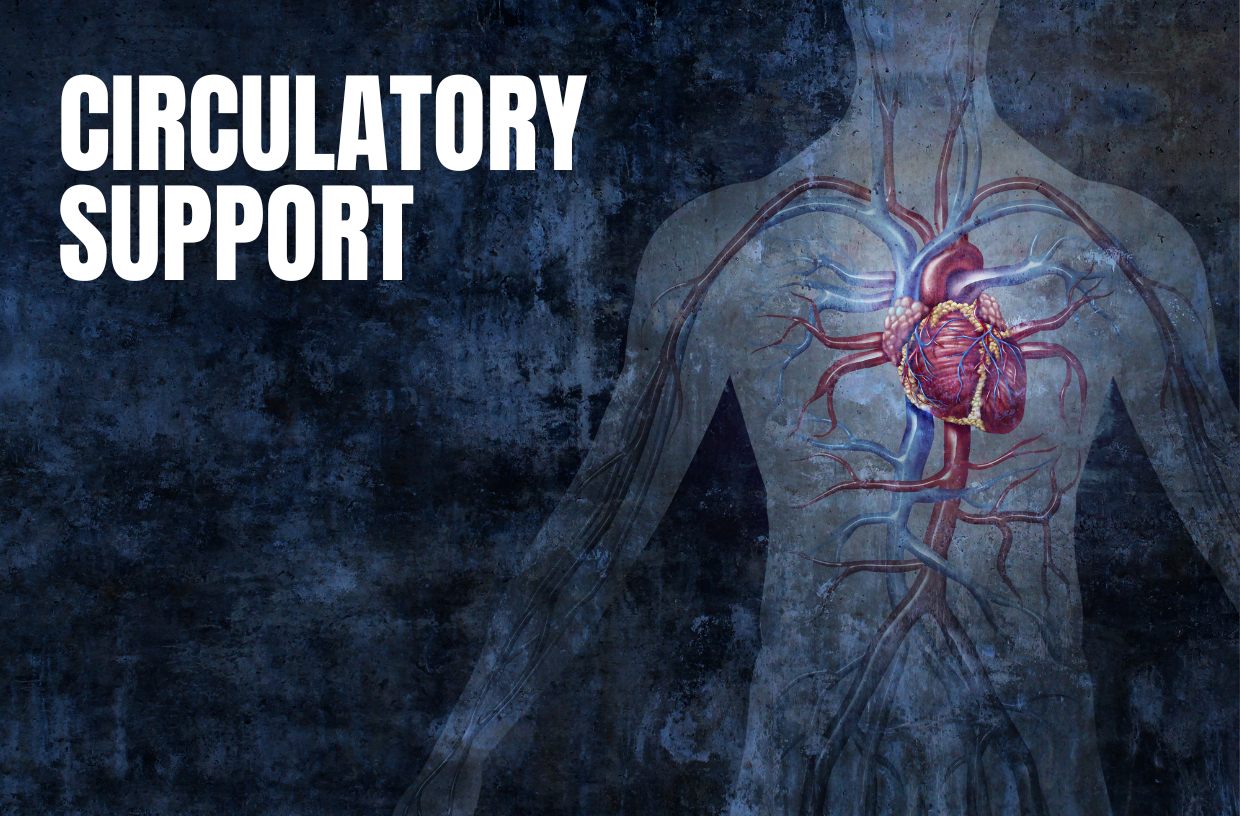 Endocannabinoids have been shown to be cardiovascular modulators, decreasing blood pressure and heart rate. Research has indicated that the hypotensive and bradycardic effects of anandamide and other cannabinoids are mediated by peripherally located CB1R.15 Anandamide can also elicit vasodilation in certain vascular beds, which is independent of CB1R or CB2R.15
Endocannabinoids have been shown to be cardiovascular modulators, decreasing blood pressure and heart rate. Research has indicated that the hypotensive and bradycardic effects of anandamide and other cannabinoids are mediated by peripherally located CB1R.15 Anandamide can also elicit vasodilation in certain vascular beds, which is independent of CB1R or CB2R.15
Nitric Oxide & Anandamide
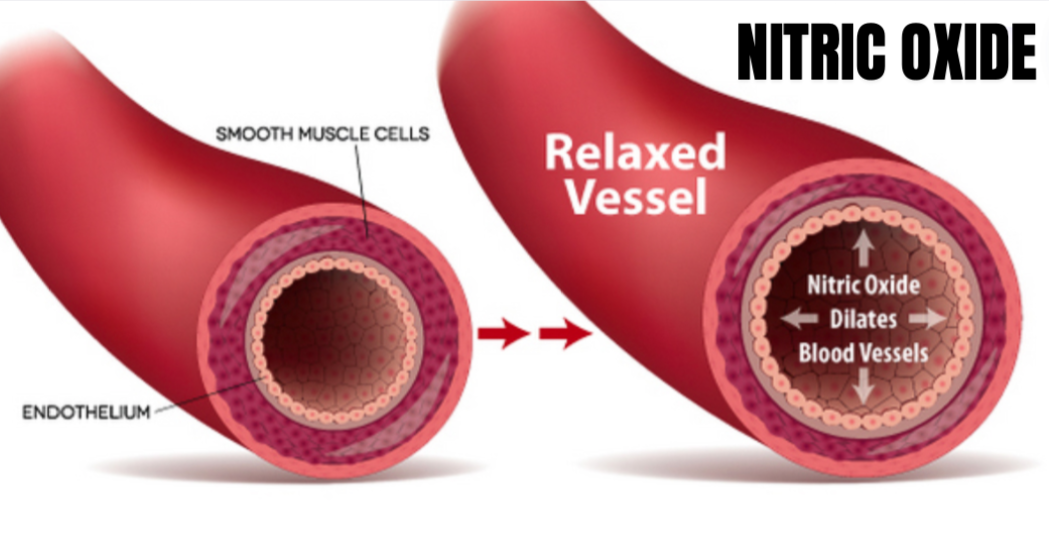 The role of anandamide was investigated in the regulation of rat pulmonary artery tone and the effects on endothelium-derived vasodilation. Both anandamide and CBD produced a concentration-dependent relaxation of endothelium-intact isolated rat pulmonary arteries. The highest concentration of both agonists induced almost full relaxation.16 However, anandamide had a more potent vasodilatory activity than CBD. The endothelium-dependent component of anandamide-induced relaxation may involve the release of nitric oxide (NO) or its degradation to AA-derived vasoactive products, including prostacyclin and prostaglandins.16
The role of anandamide was investigated in the regulation of rat pulmonary artery tone and the effects on endothelium-derived vasodilation. Both anandamide and CBD produced a concentration-dependent relaxation of endothelium-intact isolated rat pulmonary arteries. The highest concentration of both agonists induced almost full relaxation.16 However, anandamide had a more potent vasodilatory activity than CBD. The endothelium-dependent component of anandamide-induced relaxation may involve the release of nitric oxide (NO) or its degradation to AA-derived vasoactive products, including prostacyclin and prostaglandins.16
The hypotensive effects of anandamide were shown in a study in rats. In spontaneously hypertensive rats (SHR), CB1R antagonists increase blood pressure and left ventricular contractile performance.17 Conversely, preventing the degradation of the endocannabinoid anandamide by an inhibitor of fatty acid amidohydrolase reduces blood pressure, cardiac contractility, and vascular resistance to levels in normotensive rats, and these effects are prevented by CB1R antagonists.17
It was shown that endocannabinoids tonically suppress cardiac contractility in hypertension and that enhancing the CB1R-mediated cardiodepressor and vasodilator effects of endogenous anandamide by blocking its hydrolysis can normalize blood pressure.17 Therefore, targeting the ECS offers novel therapeutic strategies in the treatment of hypertension.
How to Use FastBliss Anandamide
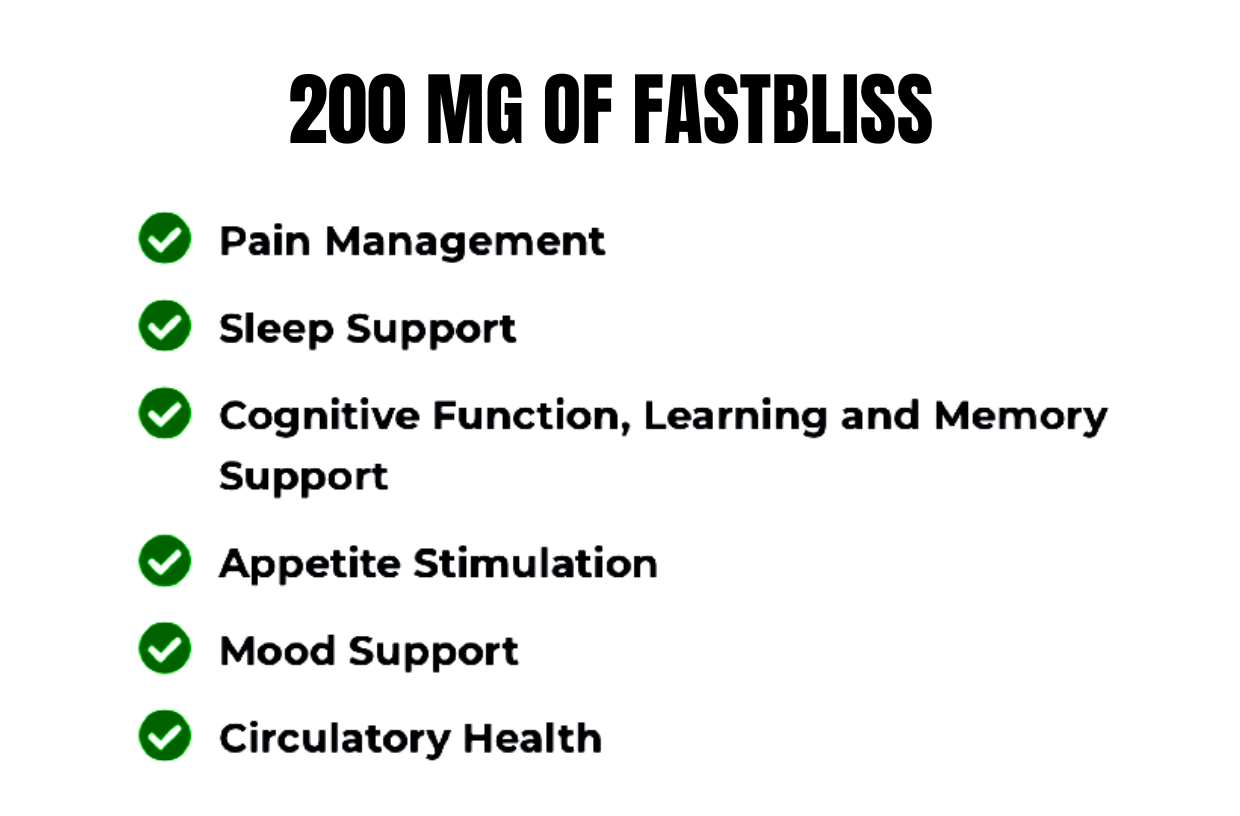 Anandamide is a relatively new molecule when it comes to supplementation. There’s limited human research on anandamide, but it has incredible promise when it comes to pain management, sleep, mood, circulatory support and even appetite support. NNB Nutrition has engineered a revolutionary anandamide molecule to be used at just 200 milligrams per day, with a favourable safety profile. This can be used in post-workout supplements, sleep and mood support supplements and even heart health supplements.
Anandamide is a relatively new molecule when it comes to supplementation. There’s limited human research on anandamide, but it has incredible promise when it comes to pain management, sleep, mood, circulatory support and even appetite support. NNB Nutrition has engineered a revolutionary anandamide molecule to be used at just 200 milligrams per day, with a favourable safety profile. This can be used in post-workout supplements, sleep and mood support supplements and even heart health supplements.
NNB Nutrition FastBliss Anandamide
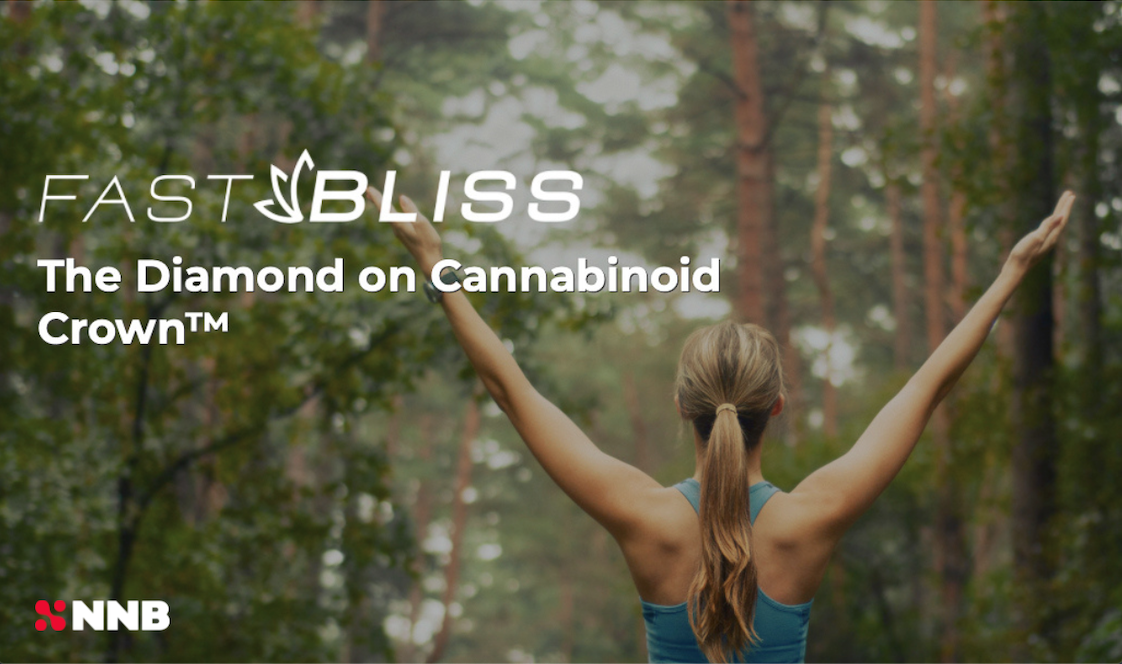 NNB is the leading ingredient-driven biotech company, employing over 100 research scientists from more than 10 countries who study, design and deliver unique ingredients to industry to maximize health, augment performance, expand longevity and enhance appearance. NNB fosters partnerships with companies in the fields of nutraceuticals and skin care. NNB Nutrition invents many of the top ingredients in your favorite dietary supplements and functional foods such as CaloriBurn-GP, C8Vantage MCTs, Glucovantage, ZinjaBurn, MitoBurn, RhodioPrime 6X, MitoGreens, CurcuPrime and many more. NNB Nutrition has now released a branded form of anandamide called FastBliss Anandamide, which you’re going to be reading a great deal more about in the future.
NNB is the leading ingredient-driven biotech company, employing over 100 research scientists from more than 10 countries who study, design and deliver unique ingredients to industry to maximize health, augment performance, expand longevity and enhance appearance. NNB fosters partnerships with companies in the fields of nutraceuticals and skin care. NNB Nutrition invents many of the top ingredients in your favorite dietary supplements and functional foods such as CaloriBurn-GP, C8Vantage MCTs, Glucovantage, ZinjaBurn, MitoBurn, RhodioPrime 6X, MitoGreens, CurcuPrime and many more. NNB Nutrition has now released a branded form of anandamide called FastBliss Anandamide, which you’re going to be reading a great deal more about in the future.
 For more info or to include this ingredient in your next formula, visit nnbnutrition.com.
For more info or to include this ingredient in your next formula, visit nnbnutrition.com.
References:
- Di Marzo V, et al. The Endocannabinoid System and its Modulation of Phytocannabinoids. Neurotherapeutics. 2015. 12(4): 692-8.
- Scherma M, et al. Brain activity of anandamide: a rewarding bliss? Acta Pharmacol Sin. 2019. 40(3): 309-23.
- VanDolah HJ, et al. Clinicians Guide to Cannabidiol and Hemp Oils. Mayo Clin Proc. 2019. 94(9): 1840-51.
- Maccarrone M. Metabolism of the Endocannabinoid Anandamide: Open Questions After 25 Years. Front Mol Neurosci. 2017.
- Kano M, et al. Endocannabinoid-Mediated Control of Synaptic Transmission. Physiological Reviews. 2009.
- Pacioni G, et al. Truffles contain endocannabinoid metabolic enzymes and anandamide. Phytochem. 2015. 110: 104-10.
- Di Tomaso E et al. Brain Cannabinoids in Chocolate. Nature. 1996. 382.
- Ahn K, et al. Enzymatic Pathways that Regulate Endocannabinoid Signaling in the Nervous System. Chem Rev. 2008. 108(5): 1687-1707.
- Sagar D, et al. Dynamic changes to the endocannabinoid system in models of chronic pain. Philos Trans R Soc Lond B Biol Sci. 2012. 367(1607): 3300-3311.
- Fride E, Mechoulam R. Pharmacological activity of the cannabinoid receptor agonist, anandamide, a brain constituent. Eur J Pharmacol. 1993, 231(2): 313-314.
- Rueda-Orozco PE, et al. Intrahippocampal administration of anandamide increases REM sleep. Neurosci Lett. 2010. 473(2): 158-62.
- Murillo-Rodrıguez E, et al. Anandamide modulates sleep and memory in rats. Brain Res. 1998, 812(1-2): 270- 274.
- Ackern I, et al. A Role for Peripheral Anandamide and 2-Arachidonoylglycerol in Short-Term Food Intake and Orexigenic Hypothalamic Responses in a Species with Continuous Nutrient Delivery. Nutrients. 2021. 13(10): 3587.
- Mahler SV, et al. Endocannabinoid hedonic hotspot for sensory pleasure: anandamide in nucleus accumbens shell enhances 'liking' of a sweet reward. Neuropsychopharm. 2007. 32(11): 2267-2278.
- Kunos G, et al. Endocannabinoids as cardiovascular modulators. Chem Phys Lipids. 2000. 108(1-2): 159-68.
- Baranowska-Kuczko M, et al. Endothelium-dependent mechanisms of the vasodilatory effect of the endocannabinoid, anandamide, in the rat pulmonary artery. Pharmacol Res. 2012. 66(3): 251-9.
- Bátkai S, et al. Endocannabinoids Acting at Cannabinoid-1 Receptors Regulate Cardiovascular Function in Hypertension. Circulation. 2004. 110(114): 1996-2002.
*© Copyright Notice: Muscle Insider can’t always determine which images are protected by copyrights. We use images that are part of the public record and believed to be under the public domain. If for some reason somebody believes copyrights are violated we will remove or replace the content in question after receiving a DMCA notice.

